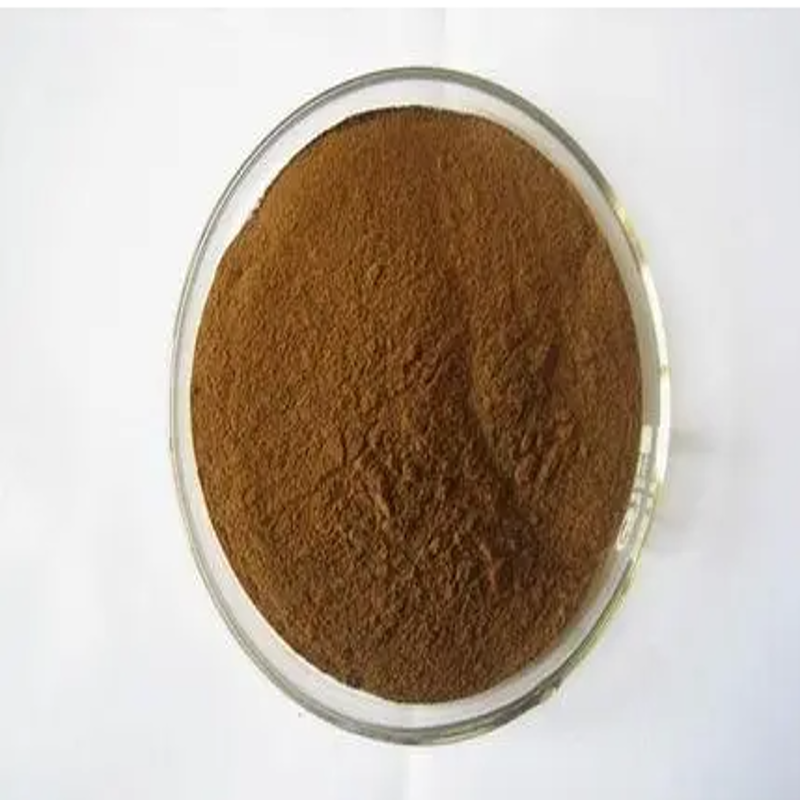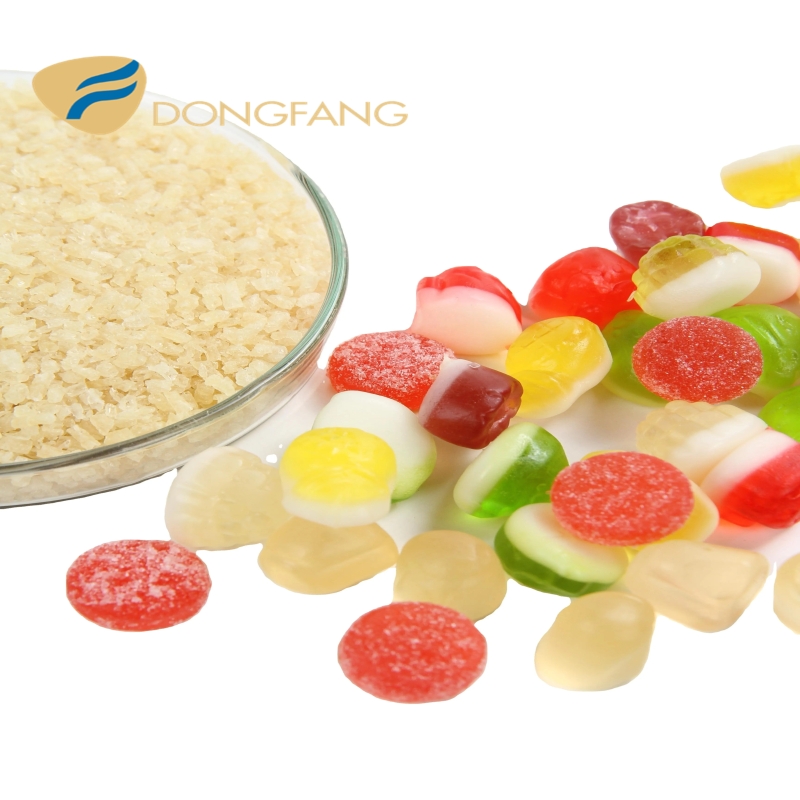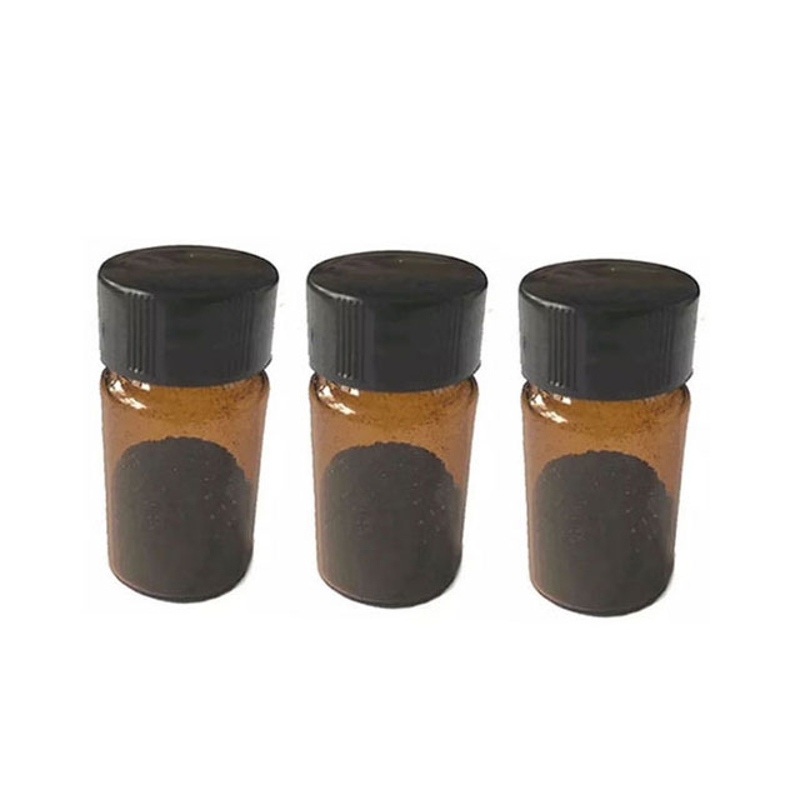-
Categories
-
Pharmaceutical Intermediates
-
Active Pharmaceutical Ingredients
-
Food Additives
- Industrial Coatings
- Agrochemicals
- Dyes and Pigments
- Surfactant
- Flavors and Fragrances
- Chemical Reagents
- Catalyst and Auxiliary
- Natural Products
- Inorganic Chemistry
-
Organic Chemistry
-
Biochemical Engineering
- Analytical Chemistry
- Cosmetic Ingredient
-
Pharmaceutical Intermediates
Promotion
ECHEMI Mall
Wholesale
Weekly Price
Exhibition
News
-
Trade Service
As a kind of food with its own health aura, sugar-free food has become more and more accepted by the people
Not completely sugar-free
The concept of sugar-free food originated in foreign markets
After sugar-free food entered the domestic market, it soon gained a place
For those who want to eat sweets, lose weight, and maintain health, a series of foods such as "sugar-free biscuits", "sugar-free cakes", "sugar-free yogurt" and "sugar-free milk tea" are indeed a good choice
According to international practice, sugar-free food refers to sweet food that does not contain sugar, that is, does not contain sucrose (cane sugar and beet sugar) and starch sugar (glucose, maltose and fructose), and requires the use of sugar substitutes with sugar properties
The taste can also be very sweet
Under normal circumstances, sugar-free products will contain sugar alcohols, oligosaccharides, high-intensity sweeteners and other sweeteners, which have a sweet taste, but will not affect blood sugar, which can reduce the calorie intake of consumers
Sweetener is a food additive that can impart sweetness to food
Specifically, the sweeteners used in food mainly fall into the following three categories
Sugar Alcohol
Sugar alcohol is a kind of polyalcohol, which is prepared by hydrogenation and reduction of sugar.
Sugar alcohol is not affected by microorganisms in the oral cavity and does not produce acid, so it will not cause dental caries; sugar alcohol is not a sugar, and is generally not controlled by insulin during metabolism, and has no effect on the rise of blood sugar level; it can provide a certain amount of calories for diabetic patients, It is beneficial to diabetics or ordinary consumers, so it is widely used in sugar-free foods
Functional oligosaccharides
Functional oligosaccharides refer to oligosaccharides polymerized by 2-10 glycosidic bonds, including xylo-oligosaccharides, isomalt-oligosaccharides, inulin (long-chain fructans), fructo-oligosaccharides, and galacto-oligosaccharides.
Since the human body does not have an enzyme system to decompose and digest oligosaccharides, functional oligosaccharides cannot be degraded by human gastric acid and gastric enzymes, are not absorbed by the small intestine, and can directly enter the large intestine, providing low or no energy value
High-intensity sweetener
Its sweetness is 30-600 times that of sucrose, so it is called a high-strength sweetener
High-intensity sweeteners have the advantages of high sweetness, low calories, not easy to caries, mostly not involved in the metabolic process, and no effect on blood sugar.
It should be noted that although sugar alcohols and high-strength sweeteners are both "sugar substitutes", only foods made with sugar alcohols can be called "sugar-free foods"
Let's take Coke Zero as an example to talk about this conceptual problem
Are sweeteners safe for the human body
Any food additive must undergo a strict safety assessment before being approved for use
.
China's national food safety standard food additive use standard (GB 2760-2014) clearly stipulates the allowed sweetener varieties, use scope and maximum use amount
.
Therefore, foods with added sweeteners produced by regular manufacturers can be eaten with confidence
.
However, the edible safety of some high-strength sweeteners, such as saccharin, cyclamate, stevia, etc.
, is still controversial internationally, and it is recommended to minimize the intake
.
Recently, the popular "0-calorie sugar" foods are actually sweeteners such as erythritol and steviol glycosides added
.
According to national standards, the content of fat and sugar per 100ml is less than or equal to 0.
5g, it can be marked as "zero fat" and "zero sugar", and the energy per 100ml of beverage is less than or equal to 17 kJ (4 calories).
Zero card"
.
So even if it is a "0 sugar, 0 fat, 0 calorie" beverage, it does not mean that there is no sugar or calories at all
.
In short, any sweetener should be consumed in moderation to prevent excessive intake
.
Large intake of sweeteners may cause changes in the structure and composition of the human intestinal flora, causing abdominal distension or diarrhea
.
Adults have better immunity, and the problem is not serious.
For young children whose organs are not yet fully developed, sweetened beverages cannot be drunk, otherwise it may cause severe diarrhea
.
In addition, studies have found that long-term consumption of large amounts of food containing sweeteners can cause mice to reduce glucose tolerance and increase blood sugar.
In the long run, insulin resistance may occur, and even diabetes and obesity may occur
.
In addition, it is necessary to focus on the high-strength sweetener "Aspartame"
.
National standards require that foods with aspartame added must be marked "Aspartame (containing phenylalanine)" in the ingredient list
.
This is because there is a genetic disease in patients-patients with phenylketonuria who are born with a lack of an enzyme, which leads to phenylalanine metabolism disorders
.
Aspartame can be decomposed into phenylalanine, aspartic acid and methanol under the action of human gastrointestinal enzymes
.
Therefore, patients with phenylketonuria are particularly reminded that because they cannot metabolize phenylalanine, they should never eat foods that contain aspartame
.
How to choose sugar-free food
The key to sugar-free food is not to add sucrose
.
But consumers can't just take it at will just because it is marked as "sugar-free"
.
After some sugar-free foods are consumed, there are still problems such as elevated blood sugar and high calories
.
For example, the raw material of sugar-free biscuits and sugar-free cakes is starch, and milk, eggs and a lot of fat are added in the production process
.
After human consumption, the starch and oil in it will gradually be metabolized and converted into small molecules of glucose, and blood sugar will naturally rise accordingly
.
In addition, the "sugar-free" on the milk tea cup can only mean that it has no additional sugar, but the various ingredients that make up the milk tea contain sugar
.
So, how to choose sugar-free food?
1.
Choose sugar-free foods produced by regular manufacturers.
Relatively speaking, regular manufacturers have standardized production and feed materials
.
2.
Look at the ingredient list, not only to see whether there is sucrose content, but also to consider whether the food itself contains sugar
.
As mentioned earlier, sugar-free pastries are made of starch, and starch is essentially sugar, which can be broken down into glucose in the human body
.
3.
Although some foods are marked with "no sucrose", the ingredient list is marked with white sugar or glucose
.
In fact, sucrose and white granulated sugar are the same thing, but they are called differently
.
Others are marked with "dextrin", "maltose", "starch syrup" and "corn syrup", all of which are sugars
.
Everyone should pay attention to the identification, and don't be misled by the word games of the business
.
In short, when choosing sugar-free food, you must pay attention to the content indicated on the food label and figure out the meaning of the nutritional indicators
.
Preference is given to natural sugar substitutes with added sugar alcohols and foods with functional oligosaccharides, and as few products as possible that contain sweeteners such as "saccharin", "cyclamate" and "steviose"
.
Further reading
What is sugar
In life, we will encounter a variety of sugars, mainly including the following 5 types
.
"Monosaccharides" include glucose, fructose, galactose, etc.
, which can be directly digested and absorbed by the body, and blood sugar rises particularly fast
.
Common foods containing simple sugars are honey, milk, beets and so on
.
"Disaccharides" include sucrose, maltose, lactose, etc.
, which need to be broken down into monosaccharides in the human body before being absorbed by the body, and the rate of blood sugar rise is slightly slower than that of monosaccharides
.
Common foods containing disaccharides include white sugar, brown sugar, toffee, cakes, wheat, glutinous rice and so on
.
"Oligosaccharides" are also called "oligosaccharides", including ordinary oligosaccharides and functional oligosaccharides
.
Common foods containing oligosaccharides are garlic, onions, soybeans and so on
.
"Polysaccharides" are polymeric carbohydrates composed of more than 10 monosaccharides, such as starch and cellulose
.
Common foods containing polysaccharides include cereals, potatoes, rice, noodles and so on
.
"Sugar substitutes" are mainly divided into sugar alcohols and high-strength sweeteners, which are widely used as food additives
.
(Author's unit: Beijing Chaoyang Hospital, Capital Medical University, Second People's Hospital of Anyang City, Henan Province)







